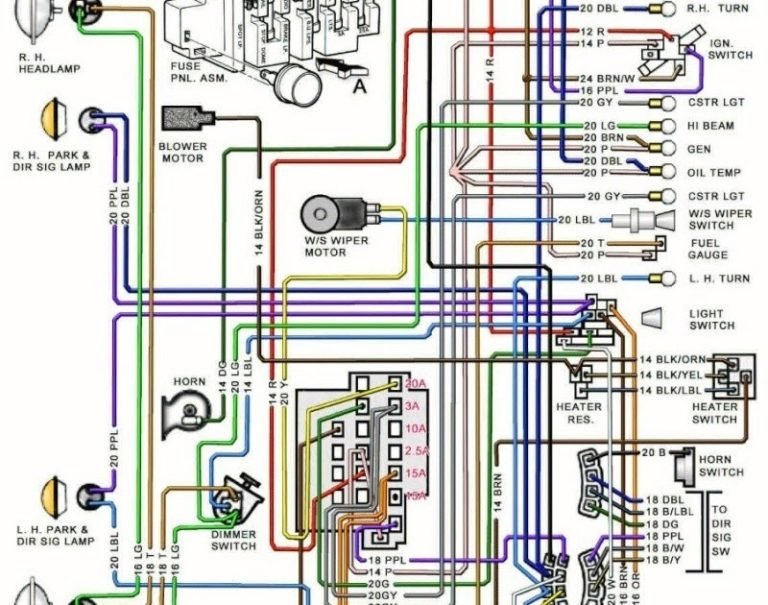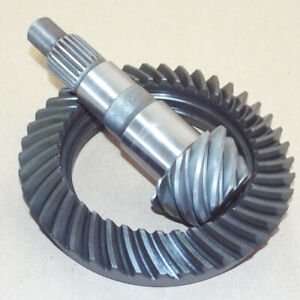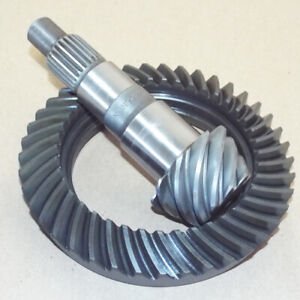Jeep 3.6 Coolant Temp Sensor Location
The location of a Jeep 3.6 coolant temp sensor can vary based on the particular model or manufacturing year of the jeep. Generally, the coolant temperature sensor for a Jeep equipped with a 3.6 liter engine will be positioned in the engine cylinder head. This means you’ll typically find this important component located either on the side of the engine, a spot that allows for direct coolant contact, or at the front part near the thermostat housing. Its exact placement can differ so if you can’t locate it, don’t hesitate to refer to your Jeep’s service manual or seek the assistance of a professional mechanic.
Let’s delve more into what these coolant temp sensors are, why they’re crucial for your vehicle’s operation, and how you can troubleshoot issues when they arise.

Understanding the Role of the Coolant Temp Sensor
In your Jeep’s engine system, the coolant temperature sensor (CTS) is a critical component that relays the engine coolant temperature to the engine control module (ECM) or the powertrain control module (PCM). Its function is not just limited to reporting the coolant temperature – it majorly influences the engine management system’s functioning.
The CTS provides the engine control unit with data that it uses to adjust the fuel injection, ignition timing, and the cooling fan operation. When the engine is cold, for instance, the ECM or the PCM will enrich the fuel mixture and advance the timing to facilitate a smooth and efficient engine startup.
How does the Coolant Temp Work?
The coolant temperature sensor in your Jeep works according to the principle of variable resistance. It operates as a thermistor, a type of resistor whose resistance changes with temperature variations. Specifically, it’s usually an NTC (negative temperature coefficient) thermistor, meaning the sensor’s resistance decreases as the coolant temperature increases.
When your engine is cold, the coolant temperature sensor’s resistance is high. As the engine starts and the coolant warms up, the resistance at the sensor decreases. This change in resistance impacts the voltage drop across the sensor terminals, which the ECM or PCM interprets and converts into temperature data.
Signs of a Bad or Failing Coolant Temp Sensor
In your Jeep, the coolant temp sensor plays an essential role in engine management. Therefore, if it malfunctions or fails, several symptoms may manifest that can affect the overall performance and drivability of your vehicle.
Poor Fuel Economy
A coolant temperature sensor reporting inaccurately is one of the chief culprits of poor fuel economy. If the CTS tells your Jeep’s ECM or PCM that the engine remains cold when it’s actually warm, the computer will continue enriching the fuel mixture excessively as though the engine is still on cold start.
Inconsistent Coolant Temperature Readings
An erratic or inconsistent coolant temperature reading on your Jeep’s dashboard could signal a failing CTS. This may show as frequent, abrupt changes in the coolant temp gauge readings, regardless of the engine’s operating conditions.
Difficulty Starting the Engine
An engine that’s difficult to start, especially when hot, might be experiencing a frayed CTS. Here, the sensor incorrectly registers a cold engine, leading the ECM to enrich the fuel mixture further, which can result in starting difficulties due to engine flooding.
Frequently Asked Questions
Q. Do I need to drain the coolant before removing the coolant temp sensor?
Yes, it’s advisable to drain the coolant down to a level below the sensor before removing it to avoid coolant spillage.
Q. How do I test the functionality of my coolant temp sensor?
Testing your Jeep’s coolant temp sensor can be done with a multimeter and a coolant temperature chart for reference.
Q. Can a bad coolant temp sensor cause overheating?
No, a bad coolant temp sensor doesn’t cause overheating. However, it can give faulty temperature readings, leading to improper engine management, which could potentially contribute to overheating.
Final Thoughts
The coolant temp sensor is a fundamental component that helps regulate your Jeep 3.6 engine’s management. Given its key role, it’s necessary to be proactive about recognizing its failure signs and taking appropriate action promptly.
This valuable device is often overlooked, but paying proper attention to it can preserve your engine’s efficiency, performance, and longevity. Further, with a little technical knowledge and hands-on skill, you can often replace a faulty coolant temp sensor yourself, saving on mechanic costs.
Remember, your Jeep’s coolant temp sensor sits typically at the front of the engine or within one of the cylinder heads. If you struggle in locating or installing this component, consult your vehicle manual, or better still, get a professional mechanic involved to ensure the process is carried out correctly.







